Bike change could be key to Worlds TT success
Riders keen to gain seconds but concerned about crashes
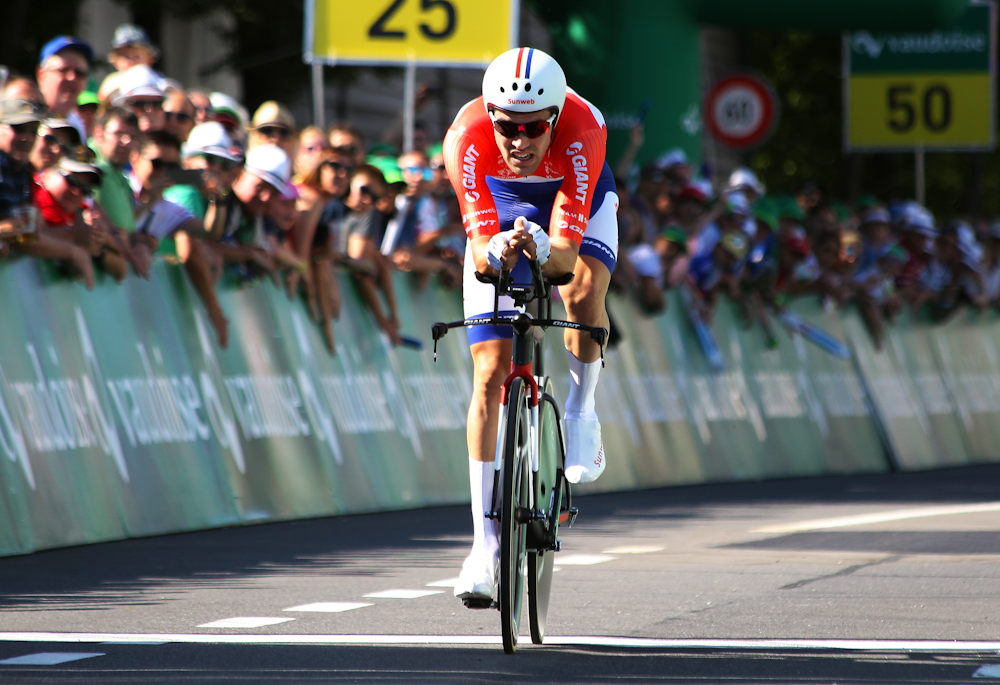
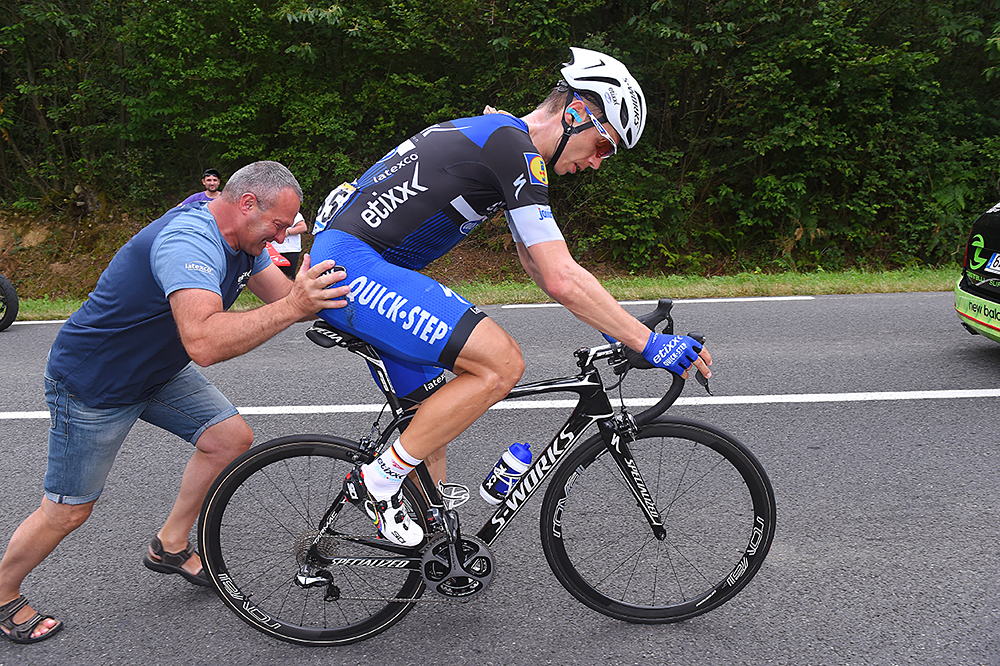
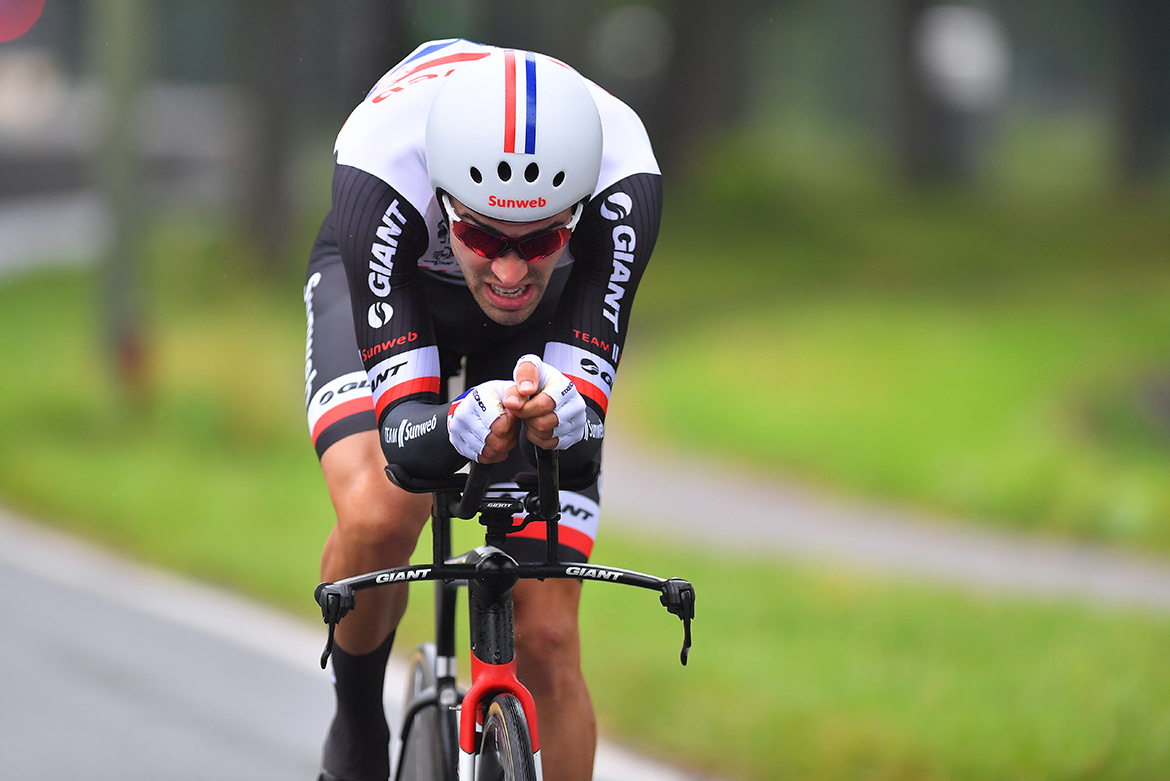
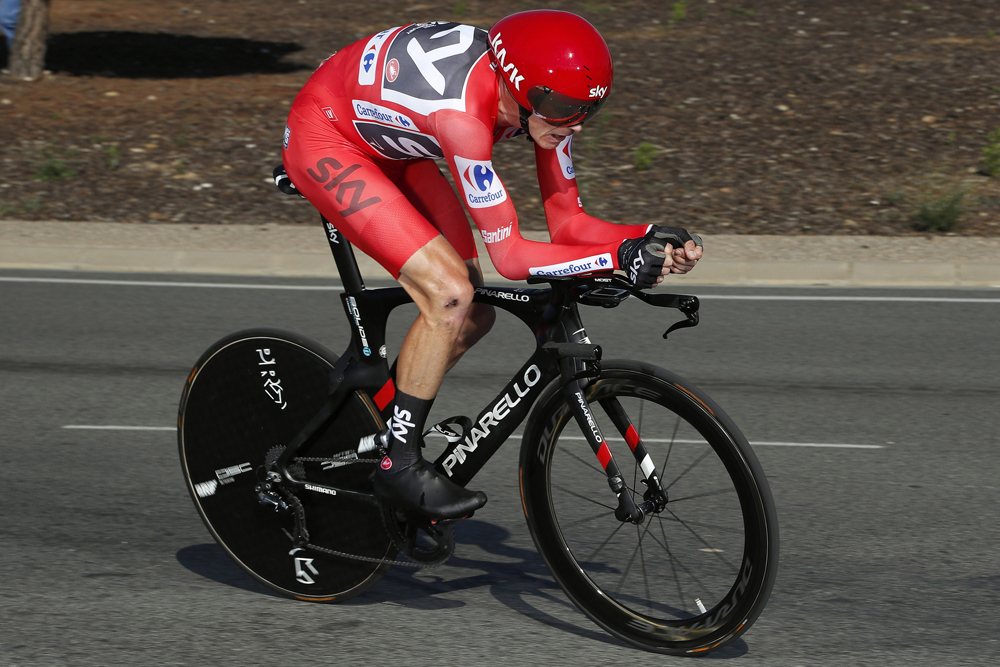
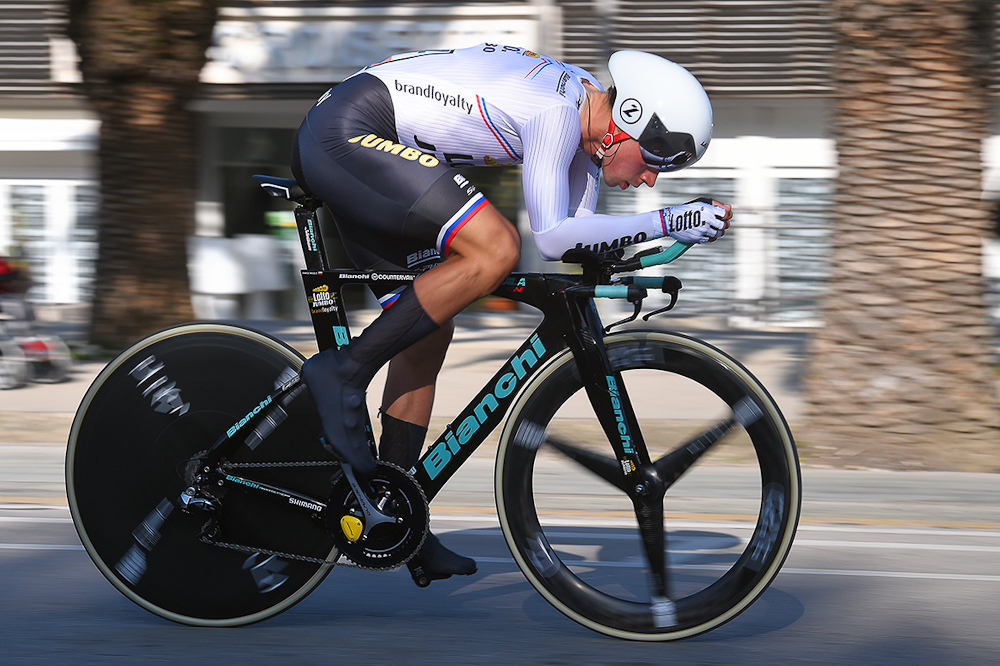
Bike changing skills, as well as speed and time trialling ability, could be the key to victory in Wednesday's elite men's time trial at the World Championships. The 31km time trial course ends with the 3.4km climb to Mount Fløyen overlooking Bergen and the UCI has tweaked its rules to allow riders to swap from a time trial bike to a road bike at the foot of the climb.
Riders face an intense effort on the nine per cent climb and so using a road bike should help them gain more than the few seconds they will lose changing bikes. However, an on-the-move bike change requires far different skills from those traditionally required for a time trial. A mistake, a fall, or a poor bike change could be costly and perhaps decide who wins the world title and the silver and bronze medals.
Race organisers proposed the uphill finish as a way to show off Bergen's spectacular views across the fjords and coves. The UCI accepted the idea of shaking up the time trial, knowing that the tough finish would appeal to Grand Tour riders like Chris Froome instead of the strongest and fastest time triallists in the world.
Four-time time trial champion Tony Martin made it clear he is not happy about the uphill finish, knowing it will give him little chance of a fifth victory. Other powerful time triallists know they have little chance.
Because of the uphill finish, the favourites to win the rainbow jersey include Froome, Giro d'Italia winner Tom Dumoulin (Netherlands), Rohan Dennis (Australia), Bob Jungels (Luxembourg) and Ilnur Zakarin (Russia). Other expected contenders include Primož Roglič (Slovenia), Wilco Kelderman (Netherlands), Vasil Kiryienka (Belarus), Gianni Moscon (Italy) and Tejay van Garderen (USA).
Bike change on a 20-metre carpet
The Dutch Federation were the first to enquire about changing bikes back in the spring and the UCI eventually agreed, opening a can of worms as they realised the technical complexities involved.
"It really brings a different type of skill that the riders need to use," Matthew Knight, the UCI's 'Head of Road', said in a UCI video about the uphill finish.
Get The Leadout Newsletter
The latest race content, interviews, features, reviews and expert buying guides, direct to your inbox!
"The first 27km are more of a typical time trial course, it's technical and it's much more flat. When they arrive at the base of Mount Fløyen there'll be the opportunity to change bikes, from a time trial bike to a road race bike."
Many riders and teams have only full realised the complexities of changing bikes in such a key part of the time trial after arriving in Bergen. Official training on the course was held on Saturday, with the UCI laying down a red carpet on the cobbled section of road before the climb to help reduce the risk of crashes on the cobbles.
Because the climb to the finish of Mount Fløyen is narrow, each rider will be followed by a mechanic on a motorbike with a spare bike.
Risk vs benefits
The benefits of changing to a lighter road race bike for the 3.4km climb to the finish seem worth the risk involved and most of the big-name contenders are expected to make the change.
"I think you can climb ten seconds faster on a road bike than on a time trial bike," Kelderman said on Monday evening when he and Dumoulin held a press conference.
BMC time trial coach Marco Pinotti told Cyclingnews that a 2kg difference in bike weight could give a 20-second benefit, with other seconds gained thanks to the familiarity of riding on a road bike.
Chris Froome has yet to reveal if he will change bikes, while Norway's Edvald Boasson Hagen has been seen testing a road bike fitted with aero bars.
"I've never changed bikes before. It could be slippery on the cobbles if it rains. I'm not sure what the best option is but I just trust my decision is the best one and whatever I'll go with it," he said.
Dumoulin rode the climb on both his time trial and road bike on Tuesday morning, studying the climb carefully and testing his effort before a final decision on a bike change. He said he is 99 per cent sure to change bikes but is concerned about crashing during the swap over.
"When I went to explore the climb last Friday, it seemed less steep than it was on paper. It's 215 metres of altitude over 3.1 km, so it's not 9.1 per cent but more like seven per cent average," he pointed out.
"In the Basque Country I changed bikes once and that went fine. If and when I change, I'm not going to go crazy, certainly not like in a cyclo-cross race. I'm pretty sure that [cyclo-cross rider] Mathieu van der Poel will laugh at me when he sees me."

Stephen is one of the most experienced member of the Cyclingnews team, having reported on professional cycling since 1994. He has been Head of News at Cyclingnews since 2022, before which he held the position of European editor since 2012 and previously worked for Reuters, Shift Active Media, and CyclingWeekly, among other publications.